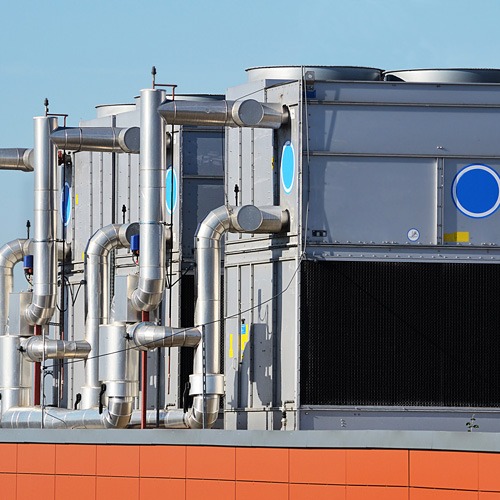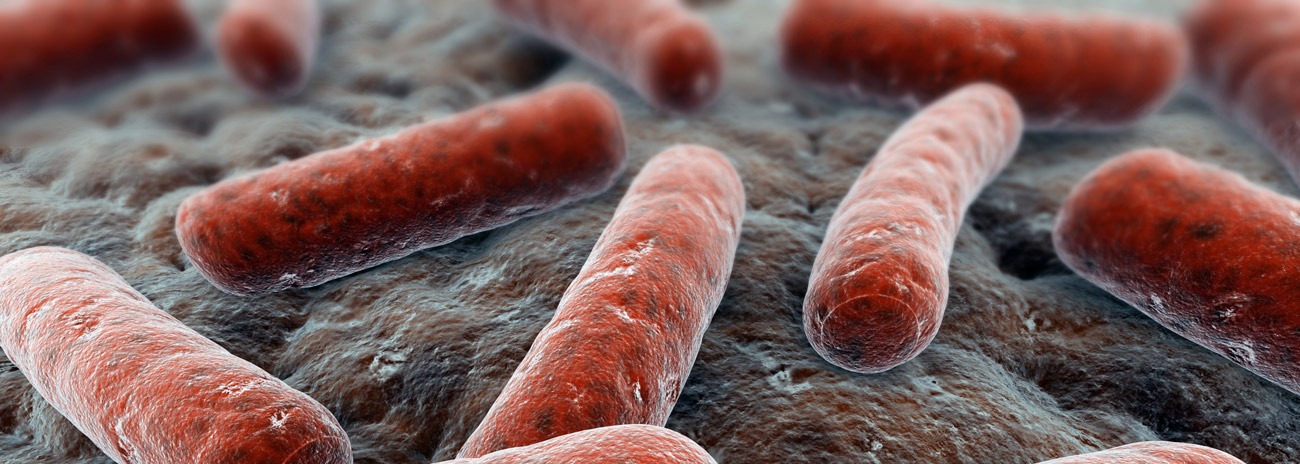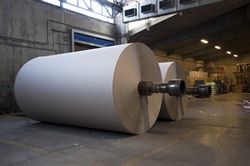Water & its Effect on Industrial Plant & Equipment
The paper covers the need for water itself, common impurities found and the main problems caused by the use of water including bio-fouling, metallic corrosion and scale formation.
The need for water
In addition to the normal human requirement for water, especially drinking water supplies, a high demand on water resources is also made by industry.
The unique properties of water make it ideal for use in industry, two of its most common applications being:
- As a transporter of energy, for example: in steam raising plant, cooling systems and heating circuits.
- As an integral part of a process, for example: in brewing and soft drinks manufacture, chemicals production and the food industry.
There is really no other relatively cheap, readily available, non-toxic material capable of carrying out the tasks we require and expect of water. As these tasks become more complex, and the plant employed more sophisticated, it becomes apparent that the use of water is not as simple as merely piping up to the nearest supply. The impurities in the water cause problems within the plant resulting in reduced efficiency, increased maintenance costs and lost production time.
Although the need for water remains, the quality of the water must be controlled.
Impurities commonly found in water
Water normally contains many impurities and contaminants taken from its surroundings.
Inland water can contain:
- Dissolved organic compounds e.g. compounds of sodium, calcium, potassium, magnesium.
- Suspended organic compounds e.g. clays, silt, sand, metal oxides.
- Dissolved organic compounds e.g. humic acid, fulvic acid, tannins.
- Suspended organic compounds e.g. leaves, dead bacteria.
- Dissolved gasses e.g. oxygen, nitrogen, carbon dioxide, sulphur dioxide.
- Micro-organisms e.g. bacteria, algae, fungi.
The contents of a particular water depend on its local environment and history. For example, in the granite regions of Scotland, calcium levels below 10mg/l are not uncommon. Similarly, the calcite rocks of Derbyshire and East Anglia (England) are associated with waters containing 350mg/l of calcium carbonate.
The type and quantity of impurity often determine the quality of the water and the problems that can arise from its use in industry.
Problems associated with water
Bio-Fouling
- Natural waters can contain a variety of living organisms that, if provided with the correct environment, can increase in numbers to such an extent that the water becomes completely unacceptable for either potable or industrial use. Cooling systems and hot water circuits frequently provide ideal habitats for micro-organisms such as bacteria, fungi, algae and protozoans, whilst systems using sea water may suffer from fouling by larger creatures such as mussels, barnacles etc.
- The use of carefully chosen biocides coupled with regular monitoring and general “good housekeeping” can significantly reduce biofouling and its associated problems.
Metallic Corrosion
Corrosion may be defined in many ways but it is convenient to say that it involves reactions that result in metals returning to their oxides.
In their natural state metals are generally combined as ores, which are essentially in a stable, low energy form. The extraction process elevates the metal to a less stable, higher energy condition and in consequence, there is a natural tendency for it to revert to its former state.
Metallic corrosion reactions are so extensive it is unlikely that a single set of mechanisms can explain all cases. It is however accepted that generally the corrosion of metals in aqueous environments is caused by electrochemical processes.
Corrosion is a heterogeneous reaction, which is often diffusion controlled. In order for the reaction to proceed electrochemically, there are three necessary conditions which must be met simultaneously:
- There must be a potential difference.
- Mechanisms for charge transfer between electronic and electrolytic conductors must exist.
- A continuous conduction path must be available.
In aqueous systems ions in solution complete the conduction path when water is in contact with the metal.
The discrete oxidation and reduction reactions at anode and cathode are the charge transfer mechanisms.
Once condition (1) can be met, corrosion will proceed.
The potential difference may arise in many ways, often associated with a difference in the surface states of zones, e.g. areas covered with scale or other deposits compared to clean metal. Differences in oxygen concentration, especially in crevices where corrosion can be severe, may provide the potential required as can the use of dissimilar metals for construction, which produce galvanic cells, depending on the electromotive series.
The greater the potential difference, the more rapid should be the rate of corrosion. Other factors affecting the rate of corrosion include temperature, flow rates, the presence of corrosive compounds such as dissolved carbon dioxide, pH levels and the operating conditions of the plant.
Certain physical properties can also influence corrosion.
Flaws in the crystal structure of the metal can increase susceptibility to corrosion and corrosion cells may be set up across grain boundaries. Stress can also set up potential differences across the metal surface in addition to weakening the structure.
Dissolved solids can be a major problem within high flow systems where erosion and damage to protective films occur. Similarly, cavitation caused by the impingement of gas bubbles may result in serious consequences typically on feed pump impellers when there is insufficient pressure on the suction side of the pump.
When determining the most suitable water treatment programme these factors should be considered but in general terms, corrosion inhibition will be afforded by preventing the cathodic and/or anodic reactions. This is achieved in a number of ways including removal of aggressive species, control of pH, and the uses of inhibitors to produce protective films or to stabilise the natural metal oxide film on the metal surface.
Scale Formation
Scale and sludge formation are the result of the precipitation of compounds that are no longer soluble under the conditions prevailing at the point of deposition. This typically occurs in the regions of highest temperature, normally heat exchange surfaces, and low flow areas, such as cooling tower ponds.
Every solid has a definite solubility in a particular solvent under specific conditions of temperature and pressure.
In general, as temperature increases so does the solubility. However, in some cases increasing temperature reduces solubility, such is the case with calcium carbonate.
This reduction in solubility and subsequent precipitation of the solid is a consequence of maintaining the most stable energy levels within the chemical system in much the same way, as corrosion is a consequence of the metal tending towards its lowest energy condition. Scale and sludge may also occur due to chemical reactions producing less soluble compounds as in the decomposition of bicarbonate:
Ca (HCO3)2 ——–Heat———> CaCO3 precipitate + H20 + CO2
Calcium carbonate is one of the most common components of scale and sludge in untreated boilers and cooling systems. Other potentially scale-forming compounds are:
- Calcium sulphate
- Calcium phosphate
- Other calcium salts
- Magnesium salts
- Barium salts
- Silica and silicates
Scale formation can be reduced in a number of ways ranging from the use of pre-treatment plant to remove the scale forming salts throughout, to the addition of threshold agents and dispersants to chemically extend the solubility range and to prevent compacting of precipitating crystals.
Accepta Ltd is a manufacturer and supplier of water treatment chemicals which are produced in the UK and shipped internationally. Accepta also has on site Microbiological and Chemistry analysis laboratories that provided water analysis services.






